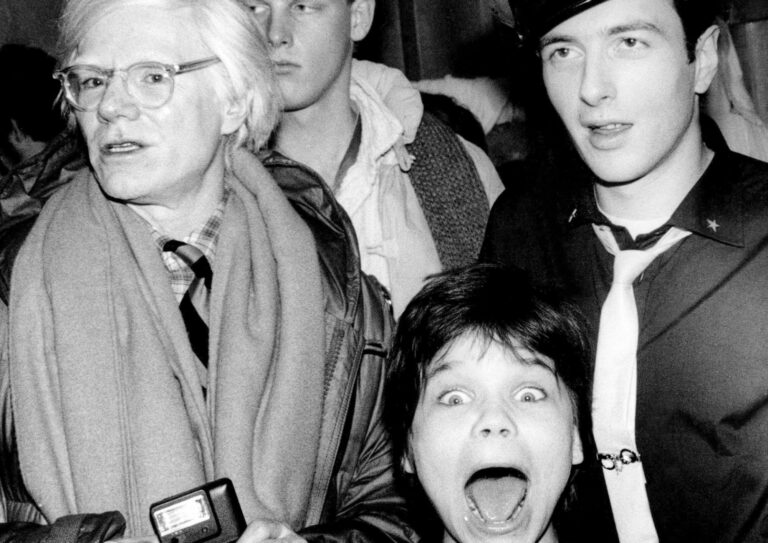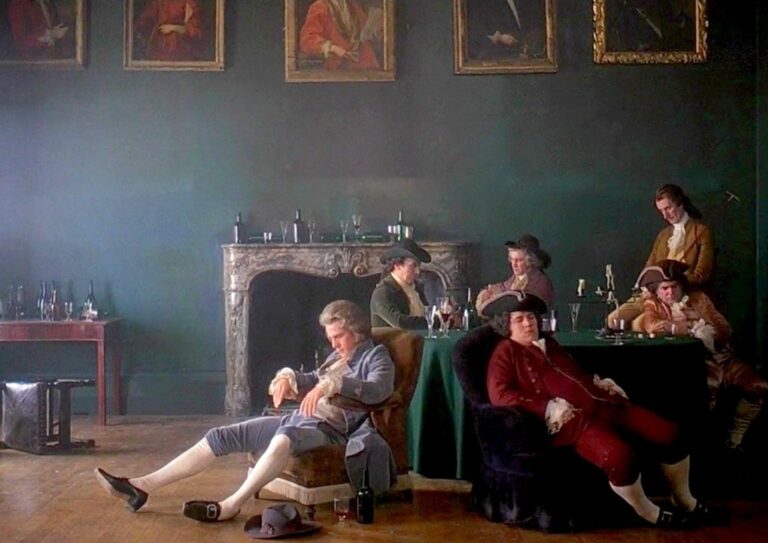Michael Mann Facts Presents: Cinco de Manno 2
Roxy Cinema and Michael Mann Facts reteam for a pair of Michael Mann-themed, Cinco de Manno screenings.

In the tradition of Michael Mann sequels, this weekend at the Roxy Cinema NYC will be known simply as Cinco de Manno 2. The name speaks for itself: this is a celebration of Michael Mann’s craft. While last year’s program—the inaugural Cinco de Manno and the fifth weekend of Mann at the Roxy—delved into the birth of high-definition digital filmmaking and the death of the Hollywood blockbuster, this weekend we return to 35mm and Mann’s roots: formally, textually, and even intertextually.
Screening first on Sunday is The Last of the Mohicans, a story Mann initially encountered as a child in a Chicago church basement where the 1936 version of the film was showing. Mann’s film has since eclipsed the one which subconsciously inspired him to make movies and stars a young Daniel Day-Lewis at his most entrancing. It lays bare both bodies and space, stripping Mann’s hyper-technical world down to its bones, allowing him to home in on the emotions and systems, the cause and effect, that drive its characters to their fated ends. And yet despite its lack of go-fast boats and high-powered sports cars, Mann’s candle-lit tale of law and order is his most nakedly epic. Showing on 35mm in NYC for the first time since 2020!
The second film of Cinco de Manno 2 needs no introduction. As his first feature, Thief announced Michael Mann’s cinematic vision to the world in 1981. A damaged man, his one last job, and the woman on his mind and in his heart—it’s all been there from the start. Mann’s film is at its best when the incompatible are forced to coalesce, each element falling into place like pins in a lock ready to burst. This form and content clearly stuck with Mann, and as his storied career has shown: you can’t make diamonds without any pressure. Presented on a rare 35mm print!
By Michael Mann Facts
Cinco de Mayo, 2023: the Fifth of May, and the fifth weekend of Michael Mann Facts Presents at The Roxy Cinema. This May, we celebrate Cinco de Manno.
Miami Vice and Public Enemies arrived three years apart as an exhalation: the dying breath of adult blockbuster filmmaking. They relished in the downward slope of peak Hollywood excess—multiple, global red carpet premieres for vehicles built around capital-S stars, not (comic book) characters, despite both stories revolving around iconic twentieth century men on both sides of the law. High-definition cameras like those Michael Mann utilized to shoot much of each picture have now become commonplace in film production, although not for the same reasons that Mann initially adopted them.
In Vice and Enemies, the shooting format lends each film an iconic visual aesthetic that is unmistakably Mann; not imitating filmic texture but instead completely departing from it, shooting men out of place and time, up close and personal. The look is not for everyone, and while Miami Vice’s reputation has only blossomed since its release, Public Enemies’ lags in part because of the clarity with which it presents a historical tale so often told via talking heads and Ken Burnsified, sepia-toned photographs.
There’s no antique distance: Mann’s digital photography closely monitors the characters of Vice and Enemies, echoing the systems of institutional power which swallow them whole (perhaps why it seems so discomfiting to some). Crockett and Tubbs were in over their heads, undercover without sense of up or down, crossing personal and geographical borders to take down global criminal enterprises that dwarf the Dillinger gang. But they wouldn’t be in their position without Public Enemies’ Melvin Purvis, who helped lay the groundwork for a surveillance state fully realized in the globe-spanning, high-tech criminal worlds that Mann’s later works probe.
Between Miami Vice and Public Enemies there are no pet alligators named Elvis, and Dillinger is not just an American myth manufactured by the press. The hyperrealism of the digital camera accentuates each character losing their privacy, their agency, but most devastatingly and blatantly, each other. In a world where governments abide by no law, no rules, and no order, a shower kiss or a bathtub seduction seems visceral on digital, and fleeting in the way a person experiences a moment, not how they remember it. A safehouse door for a laptop camera, the heat is now always around every corner. Mann’s pioneering formal choices marry the anxieties of his characters and viewers, and while the stakes for each party are different, the prognostication is the same, and still rings true today. For instance, 33 Thomas Street is a stone’s throw away from The Roxy’s front door.
While we presented the prior four weekends of Mann on 35mm, both Miami Vice and Public Enemieswill be shown digitally—not their original exhibition format, but one truer to the intentions of the Mann behind the camera. Imperfect men projected without imperfection. Feliz Cinco de Manno, chica.
Words by Michael Mann Facts

Behind the scenes photo from the production of Michael Mann's film Public Enemies



